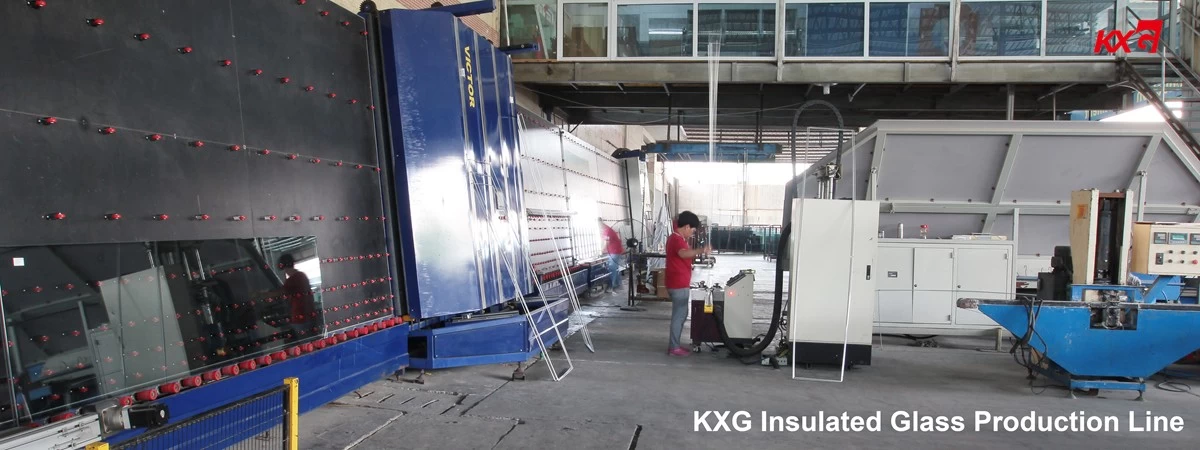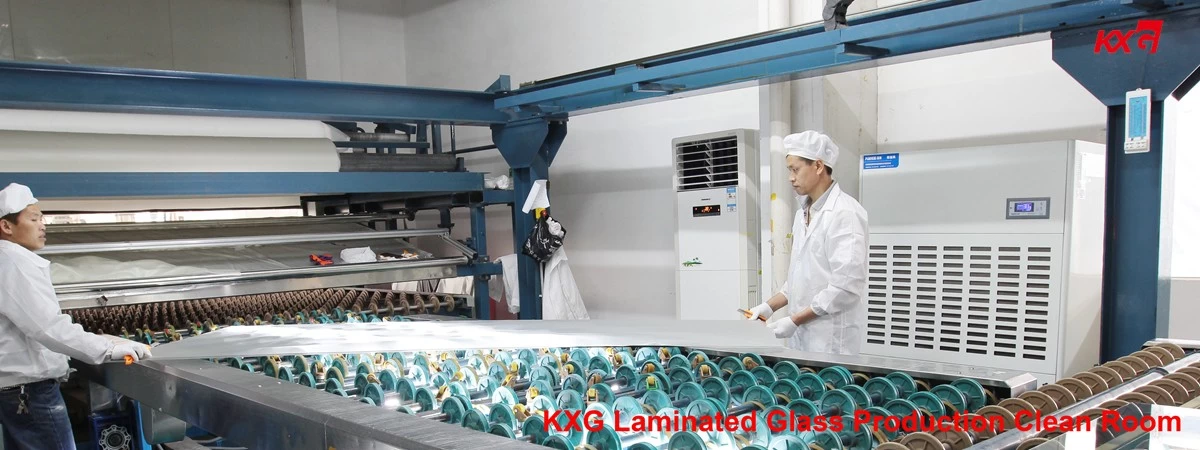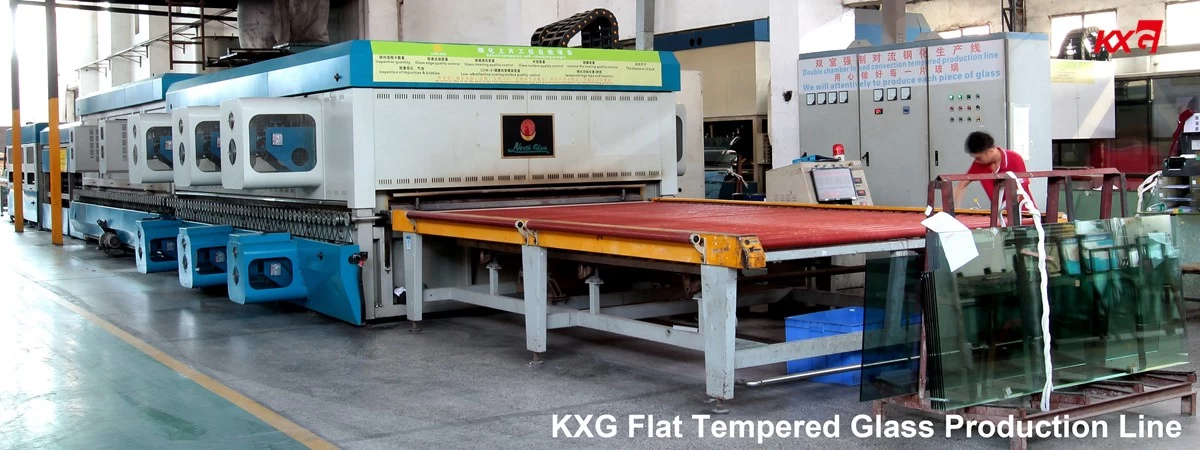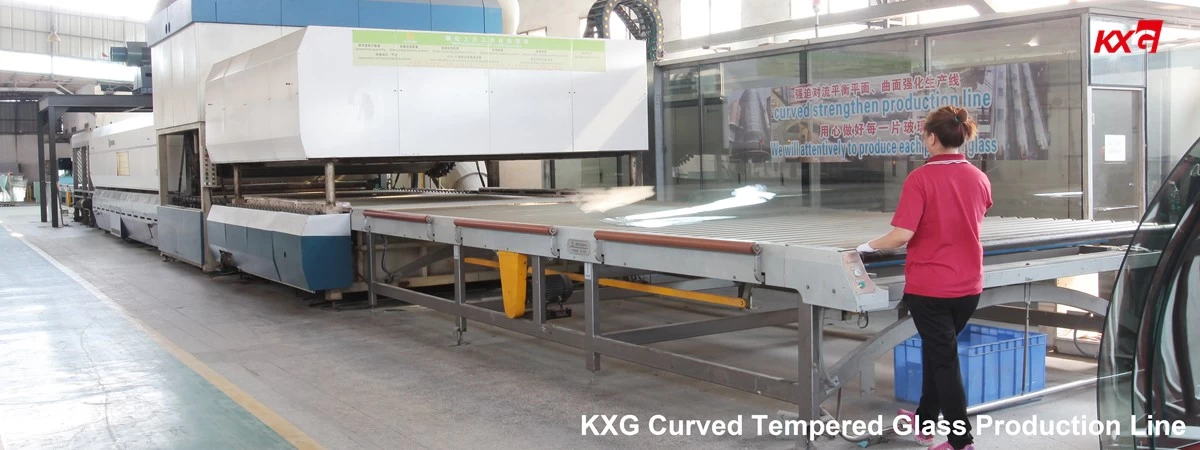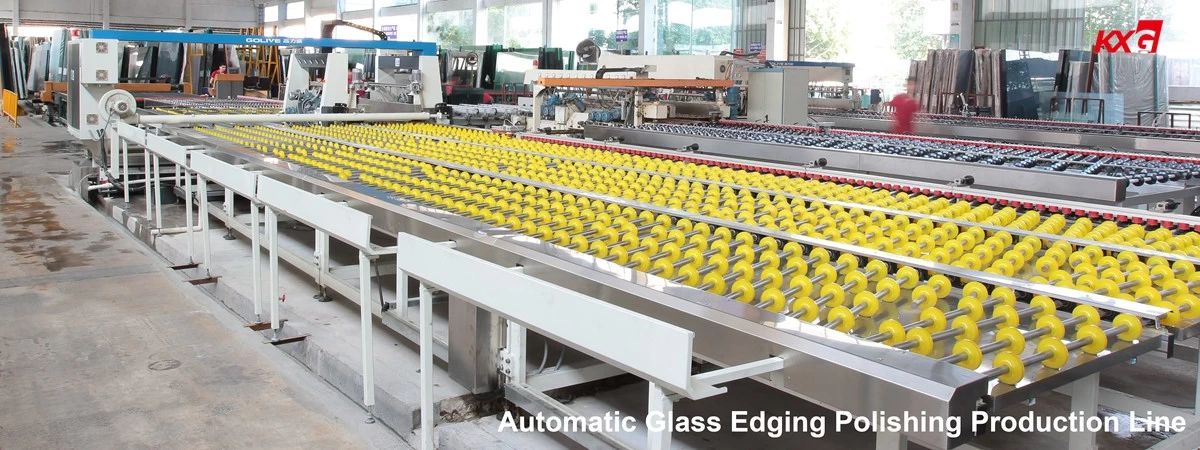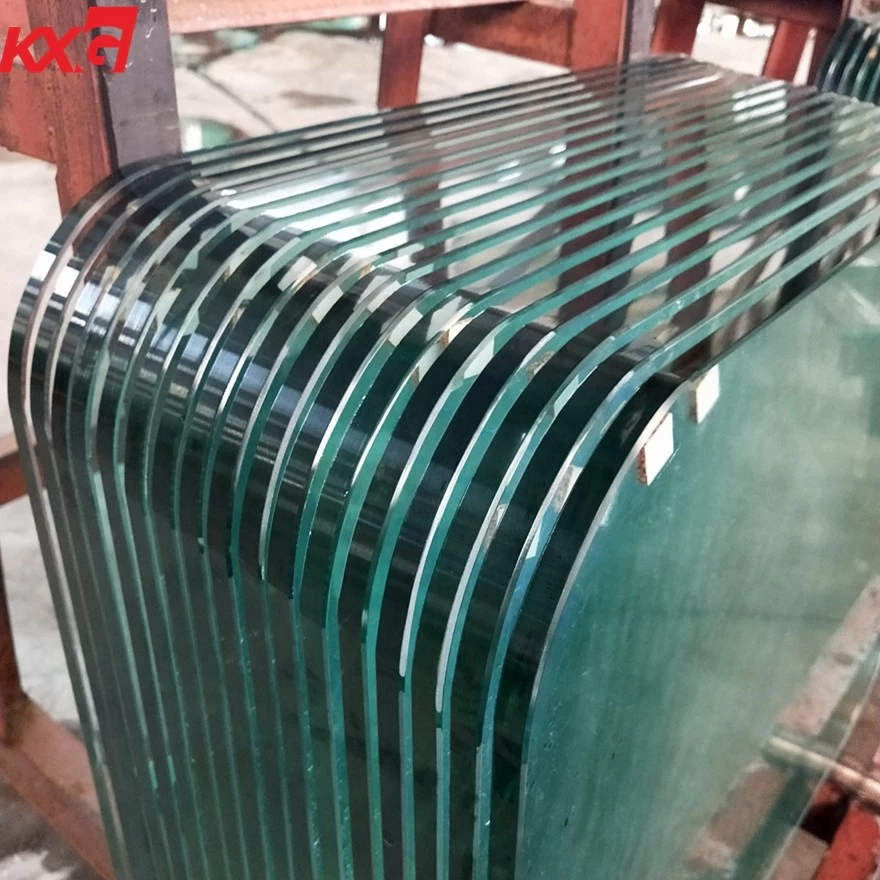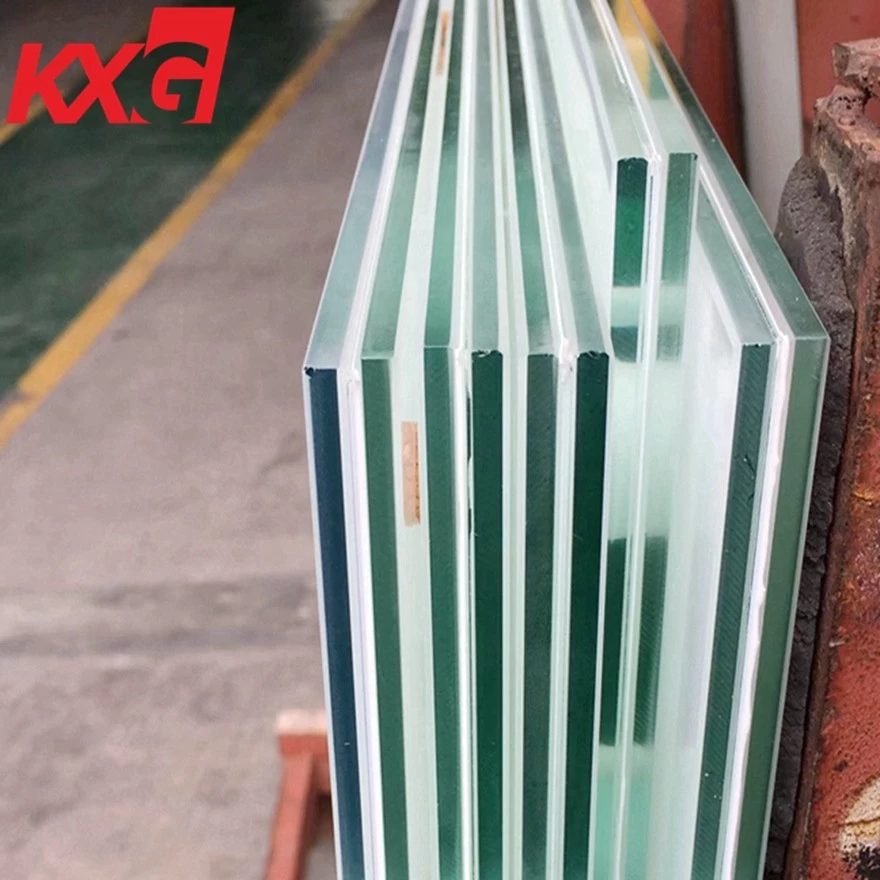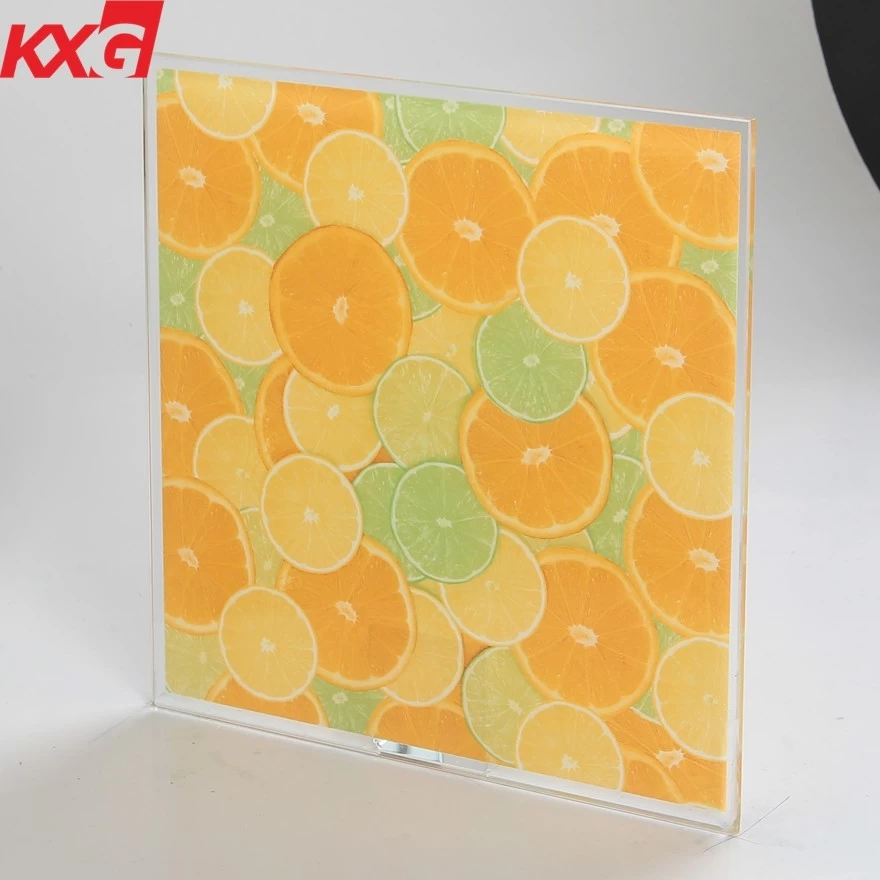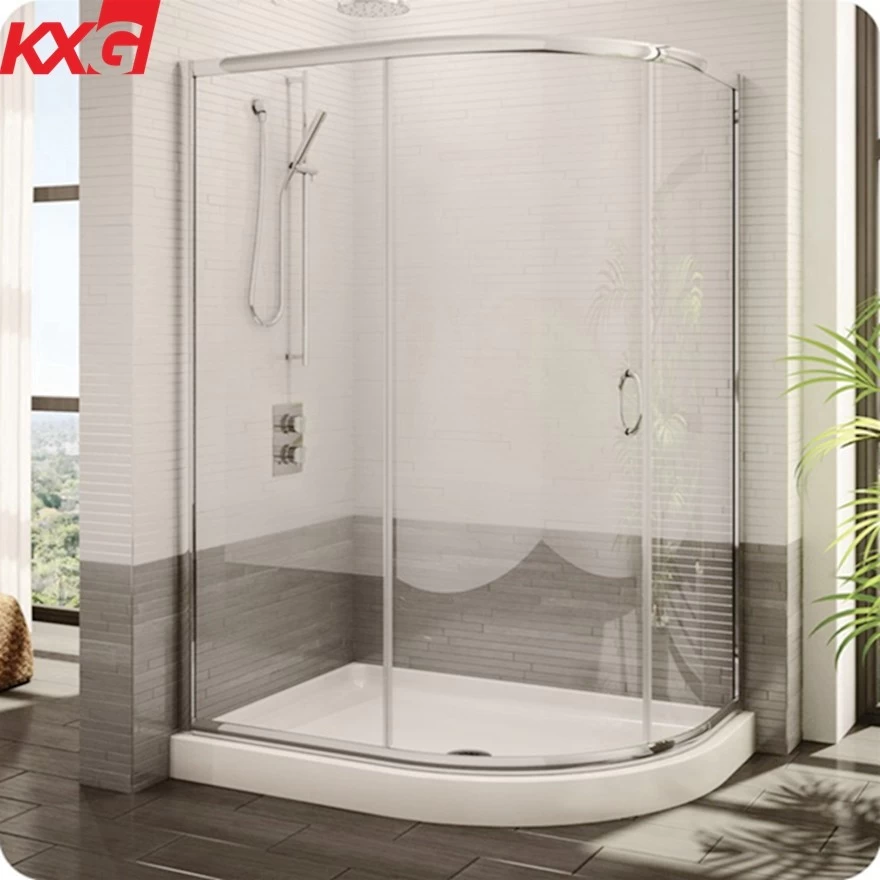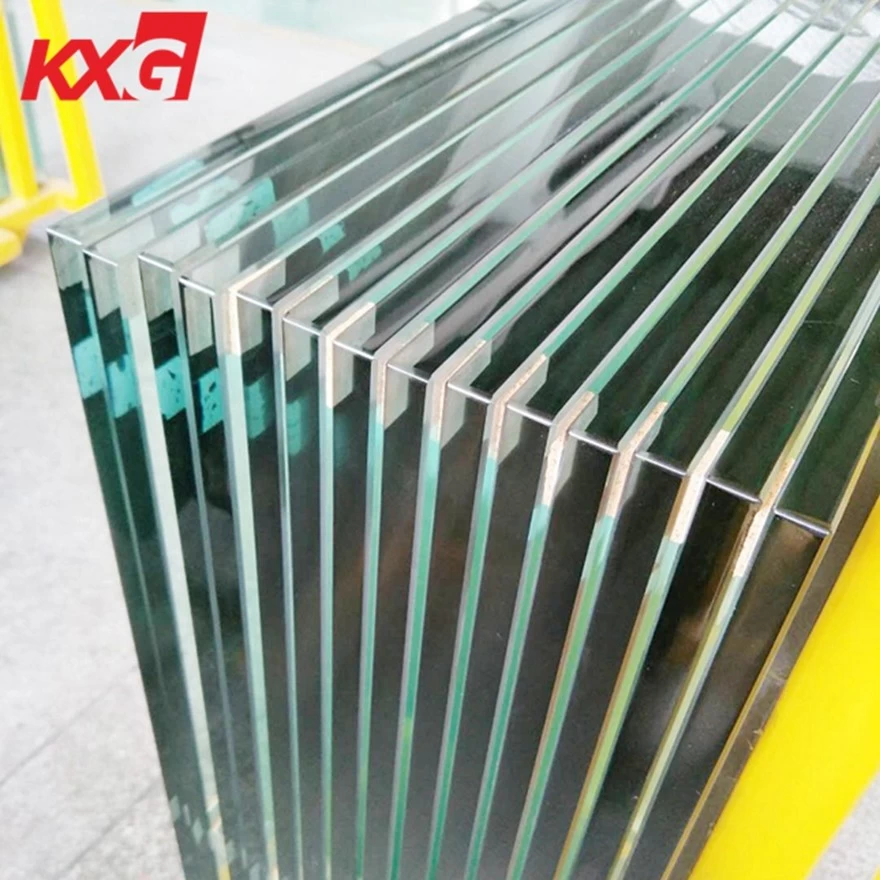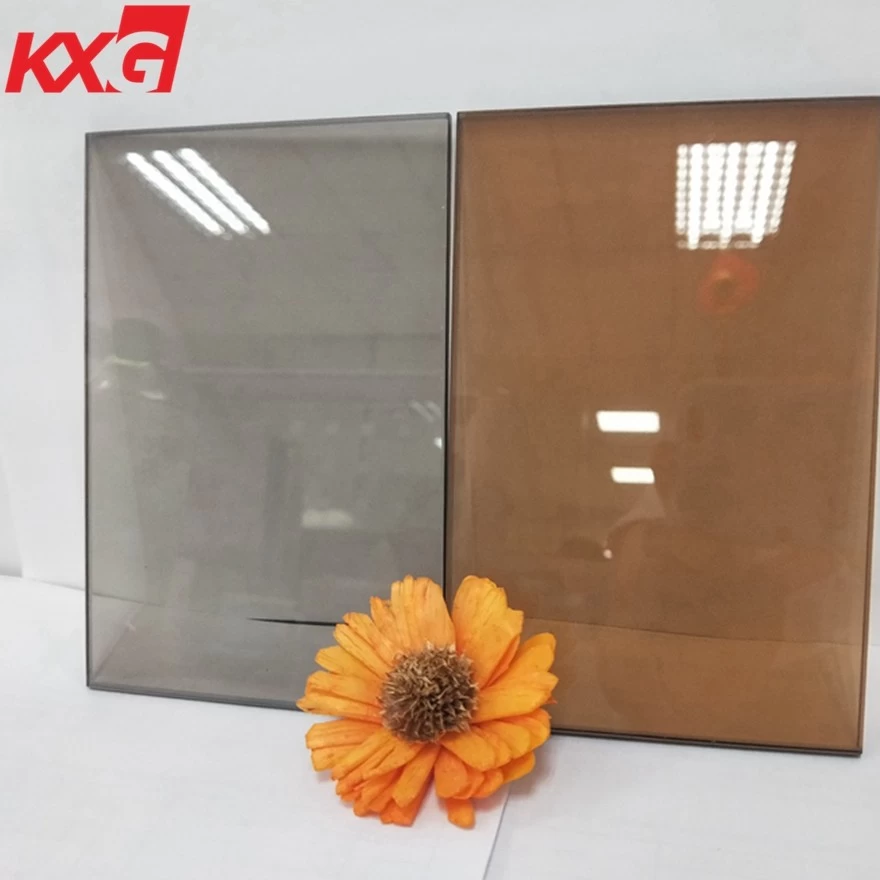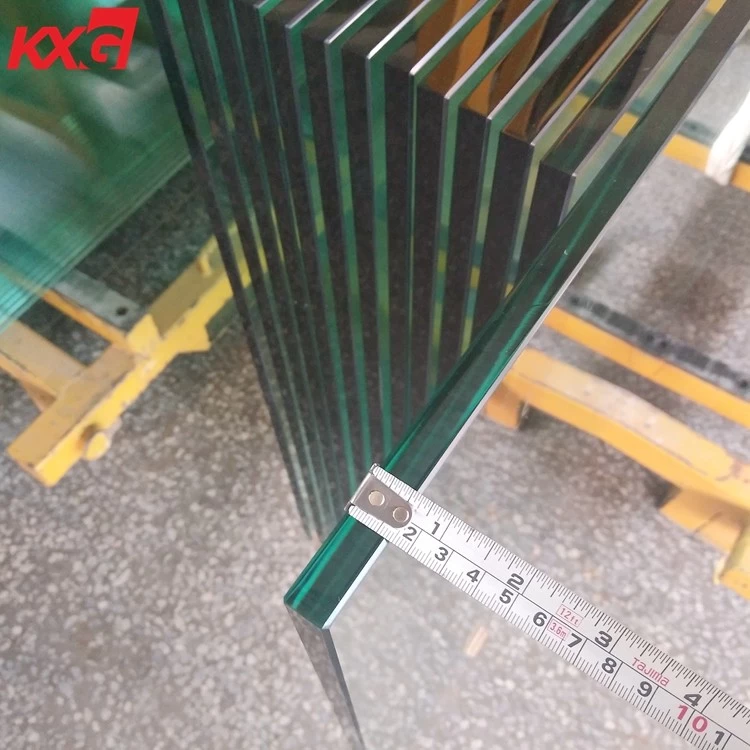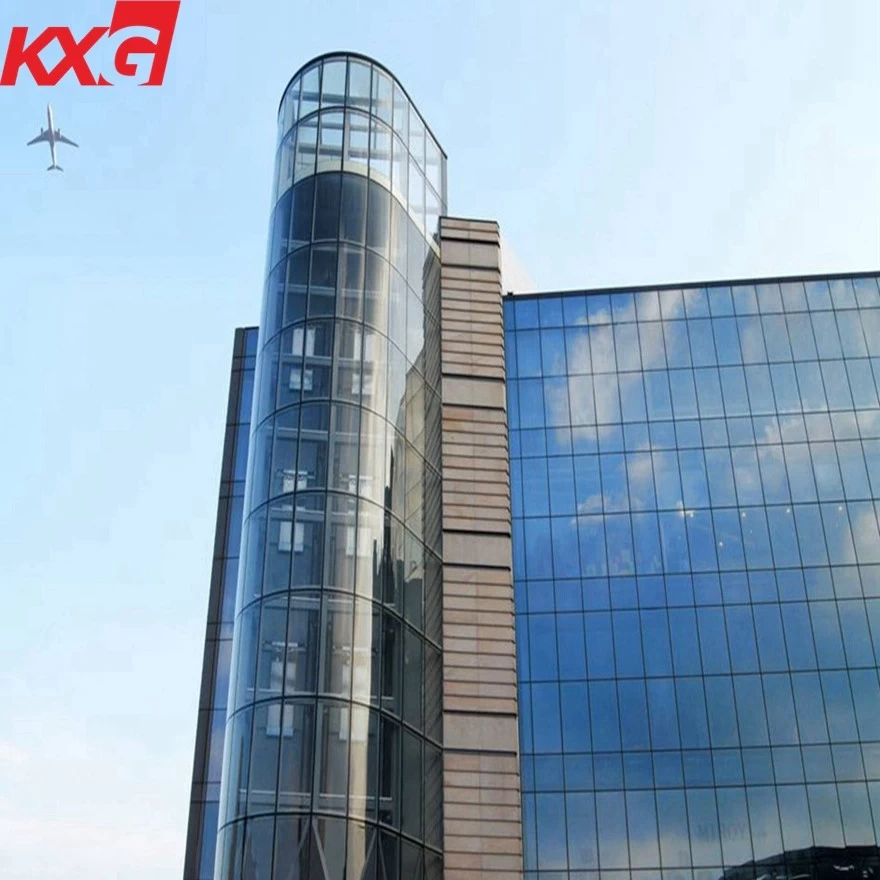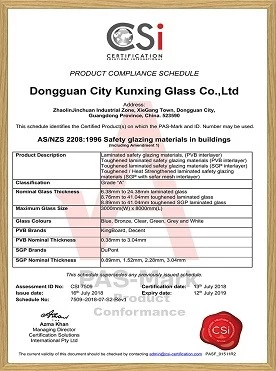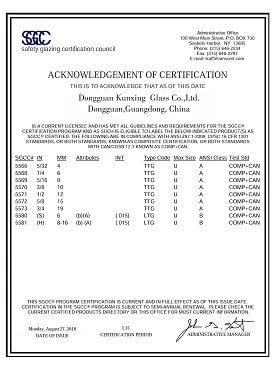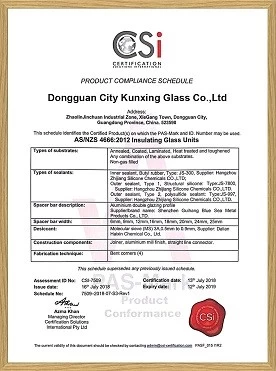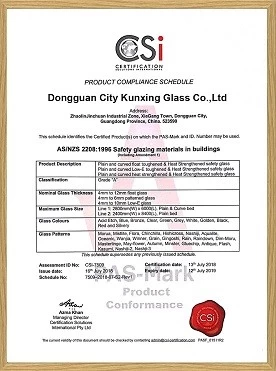Discussion On The Design And Application Of Glass Used In High-Rise Residential Buildings
With the acceleration of urbanization, high-rise residential buildings have gradually become an indispensable form of residence in modern cities. They have the advantage of saving land and providing better landscape views. As an important external material of high-rise buildings, glass not only affects the beauty of the building, but its application in high-rise residential buildings greatly enriches the visual effect of the design and improves the comfort and functionality of living.
point-fixed spider glass high rise building facade glass
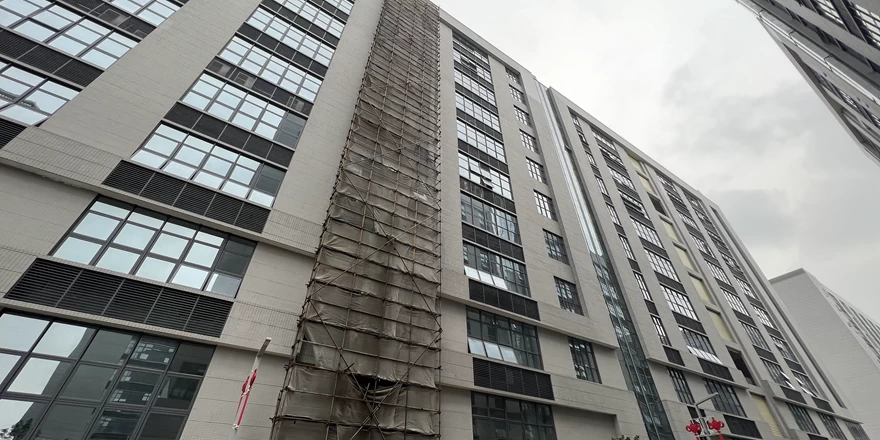
Design features of glass
1. Visual beauty
As an important part of the building facade, glass can provide a modern and transparent visual effect. Large glass windows allow natural light to fully enter the room, enhancing the sense of openness and comfort of the space. At the same time, glass can also be combined with other materials such as metal and concrete to create a unique architectural style.
2. Enhanced sense of space
Transparent materials can break the limitations of traditional walls and make the room look more spacious. Through reasonable glass design, owners can feel the extension of the indoor space while enjoying the natural scenery.
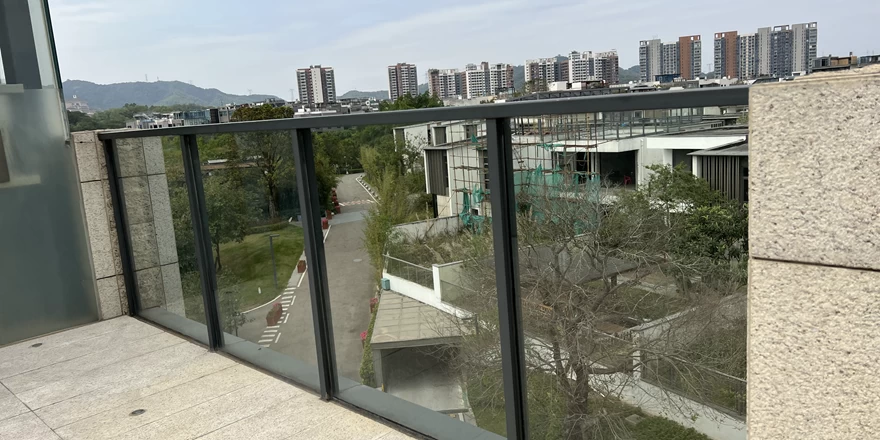
Functionality
1. Natural lighting
By using high-performance glass, residential interiors can obtain more sunlight, reduce reliance on artificial lighting, and thus save energy. At the same time, the introduction of natural light also helps to improve the mental health of residents and create a more comfortable living environment.
2. Energy conservation and environmental protection
Modern architectural glass is constantly developing, such as high-performance insulating glass like LOW-E insulating glass, which can not only provide insulation and cold resistance, reduce air conditioning energy consumption, but also effectively reduce indoor temperature fluctuations and improve living comfort.
low e laminated insulated glass curtain wall supplier
3. Sound insulation effect
High-rise residential buildings often face the problem of noise pollution, and the use of soundproof glass can effectively reduce the impact of external noise on the interior, making the living environment more peaceful.
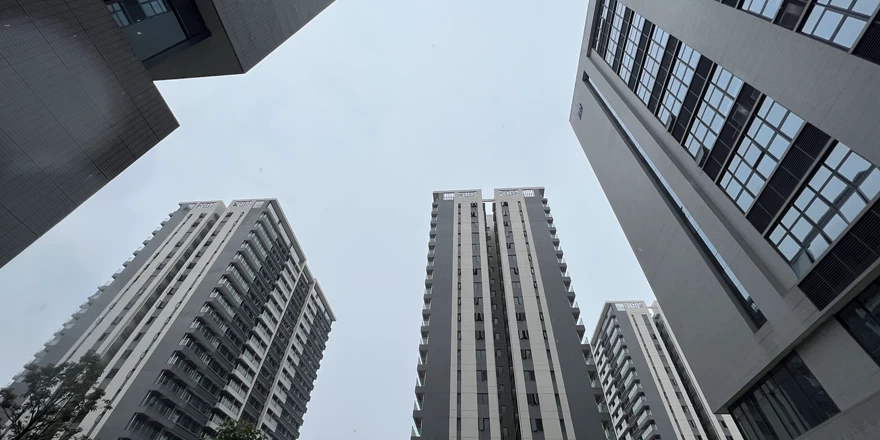
Precautions in Application
1. Safety
In high-rise residential buildings, safety is the primary issue that must be considered when using glass. For high-rise buildings with more than 7 floors, the glass area of the windows exceeds 1.5 square meters, and safety glass must be used. Especially for glass curtain walls, including sightseeing elevators, and tilting installations, these all require the selection of safety glass types. Choosing tempered glass or laminated glass can effectively avoid the safety hazards caused by breakage. When designing, the wind pressure resistance of the glass must also be considered to ensure safety under extreme weather conditions.
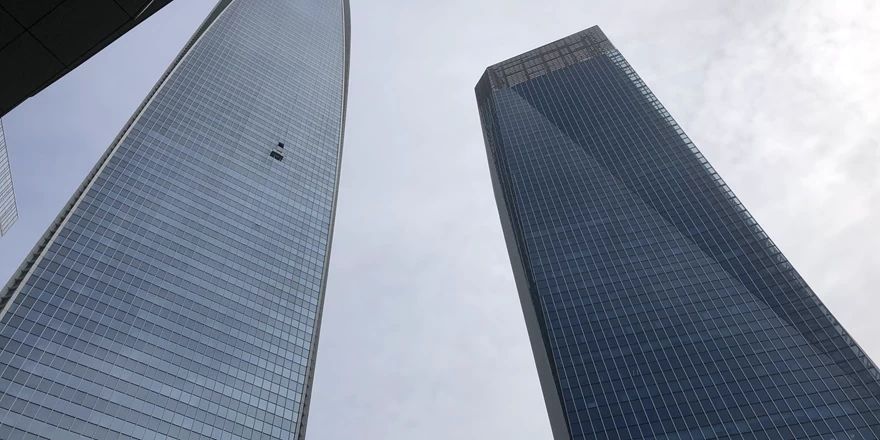
2. Privacy protection and use of balcony glass
Although large glass windows provide a good view, they may also affect residents' privacy. In order to balance lighting and privacy, designers can provide solutions such as louvers, curtains, or daylighting films in the windows to enhance the comfort of living.
If you want to enclose the balcony, it is recommended to use tempered laminated glass or tempered insulated glass. Considering the loud noise outside and the strong sunlight, insulated glass has a better anti-noise effect, with a certain resistance to pressure and sunlight. It is very reliable for use on balconies. Also, because high-rise balcony glass has a risk of self-explosion, using laminated glass can effectively prevent glass fragments from falling and injuring people after breaking.
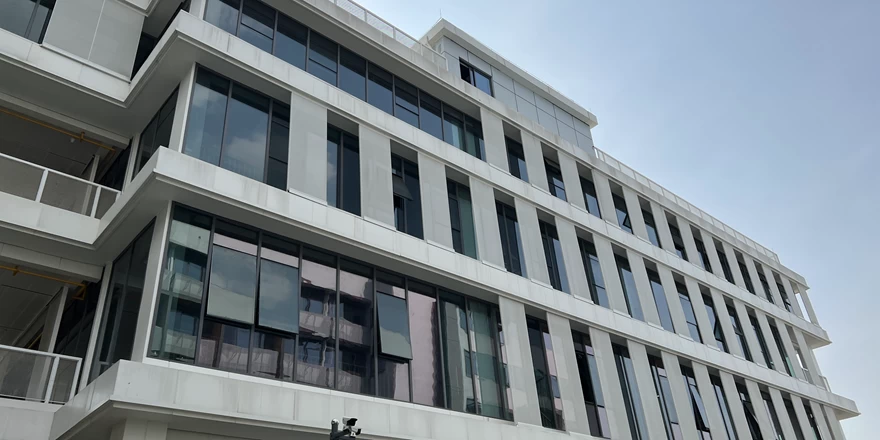
3. Maintenance and Cleaning
Cleaning and maintenance of glass is also a key focus during use. To ensure long-term aesthetics and performance, regular cleaning and maintenance of the glass frame are necessary to prevent the accumulation of water stains and dirt.
The use of glass in high-rise residential buildings injects new vitality and possibilities into modern urban life. Through reasonable design and application, glass not only enhances the aesthetics and comfort of residential buildings but also improves energy efficiency and the quality of the living environment. In future architectural design, how to better integrate glass as a material will be a direction that designers and architects will continue to explore.

